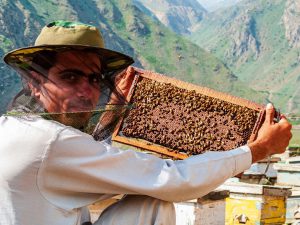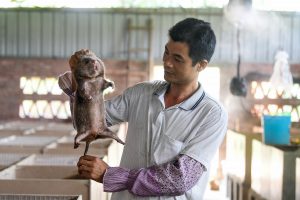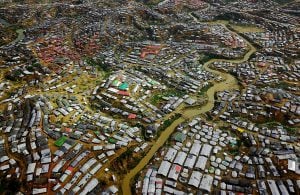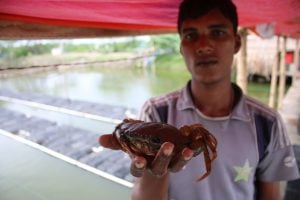Marsyangdi means raging river. But the rage of this river in Nepal is slowly dying, captured in a series of hydropower projects. About 20 kilometres of Marsyangdi river is dry or has very little water due to operations of hydro projects during the dry season. Although Nepal’s regulations state that 10% of water should be left to flow below the dam to maintain the ecosystem, no hydro project seems to be following it.
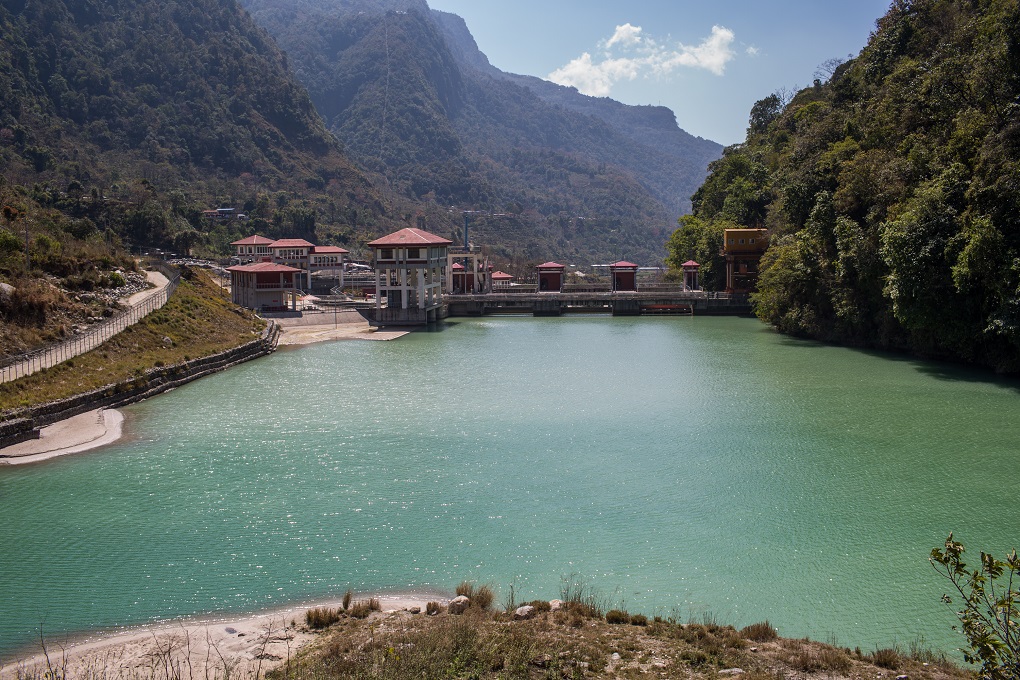
There are already three hydro projects in operation on the river. The 69 MW Marsyangdi project in Tanahu district, the 70 MW Middle Marsyangdi project and the Upper Marsyangdi A project, a 50 MW project in Lamjung district. About six kilometres of the river is dry downstream of the Upper Marsyangdi A dam site, for about seven kilometres the river flows inside a tunnel below the middle Marsyangdi dam site in Lamjung district and then a stretch of about seven kilometres is dry downstream of the dam site in Tanahu district.

Eleven hydro projects have been planned on the main stream of Marsyangdi within about 140 kilometres from its source in the Manang district to its confluence with Trisuli River in Tanahu district. Apart from the projects in operation, the government has already issued generation licences to four more.

The major sources of the Marsyangdi are the glaciers of Annapurna Himalaya range, Manaslu Himalaya range and Larkya Himalayan sub range. Perennial and seasonal springs add to the flow. Originating beyond the Annapurna and Manaslu Himalayas, the river is one of the major tributaries of the Gandaki that in turn joins the Ganga. The Marsyangdi passes through fours districts of Nepal: Manang, Lamjung, Gorkha and Tanahu.

The death of rafting, fish and local customs
Due to its turbulence, the Marsyangdi was one of the world class rivers for water adventure sports like rafting and kayaking. Half of the Annapurna circuit trail and Manaslu circuit trail follow the river, giving trekkers beautiful views of the mountains and the river. The Marsyangdi used to offer a three-day rafting trip in a 52-kilometre section from Nygdi to Kahirene. Due to three operating hydro projects, the rafting is now largely a thing of the past.

The snow trout in the Marsyangdi and its tributaries like Nygdi and Dordi are famous, but their population is dwindling as well.
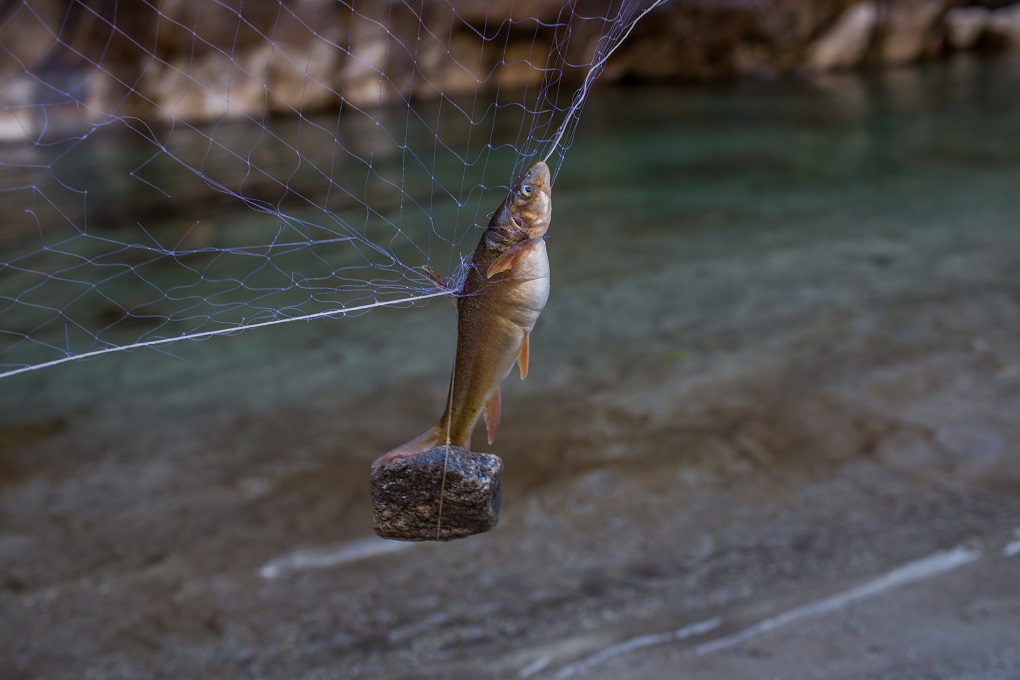
The gorges of the tributaries Nygdi and Dordi are home to the Himalayan honey bee Apis Laborisa. Now the cliffs where the bees build their hives are under threat due to the construction of roads to the hydro projects sites.
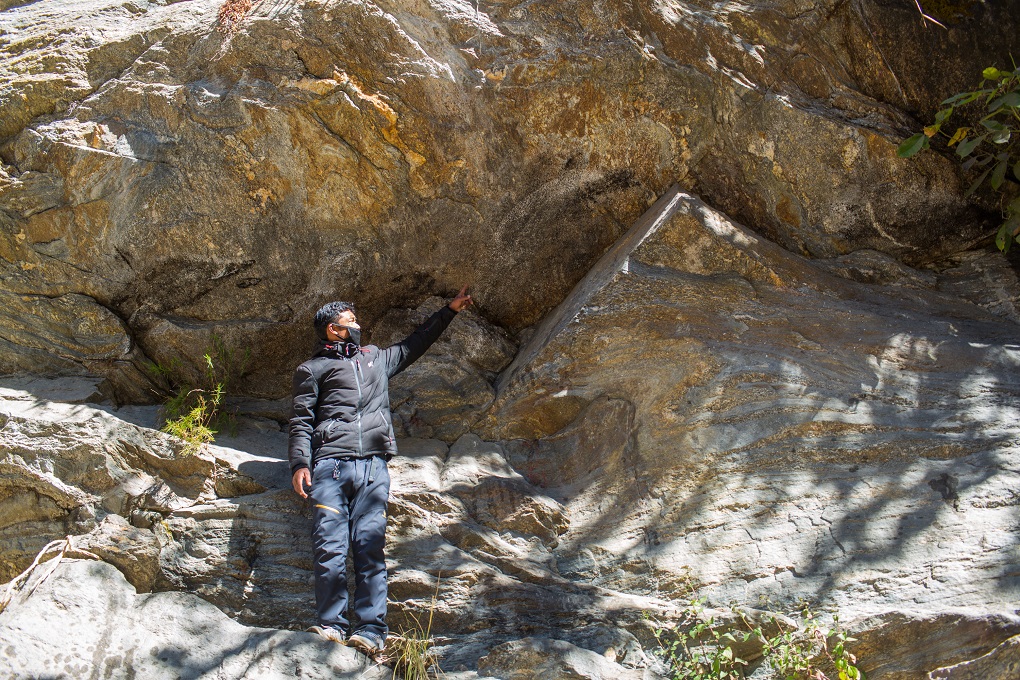
Local people in Besishahar, the most populous town in the Marsyangdi river basin, are worried that there will be no water in the river for the cremation practices followed by Hindus and Buddhists. Most of the residents cremate dead bodies on riverbanks, and the remains are supposed flow to the holy Ganga, carried by the Marsyangdi.
![Kaji Ram Dixit, with shaved head, purifies himself with water from the Marsyangdi while his relative drops flowers, fruits, and other remnants from the puja done to mark the one-year mourning period after the death of Dixit's father [image by: Nabin Baral]](https://dialogue.earth/content/uploads/2020/03/Dying-Marsyangdi-17-scaled.jpg)
![<p>Downstream of the dam site of the 50 MW Upper Marsyangdi A hydro project in Nygdi. A stretch of about six kilometres has gone dry [All images by: Nabin Baral]</p>](https://dialogue.earth/content/uploads/2020/03/Dying-Marsyangdi-5-300x200.jpg)

![Lower Subansiri Hydroelectricity project, March 2020 [Image by: A.N. Mohammed]](https://dialogue.earth/content/uploads/2020/04/Lower-Subansiri-Hydroelectricity-project-March-2020-by-A.N.-Mohammed-Consultant-NHPC-300x146.jpg)

